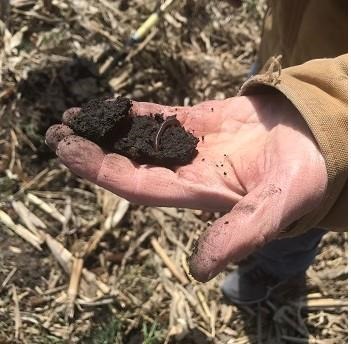
“This tool is intended to help agricultural producers and extension educators approach a complex decision with a solid economic methodology and carbon removal estimates from a USDA-funded carbon model, COMET-Planner,” said Alejandro Plastina, associate professor in economics and extension economist at Iowa State University. “A total of 66 agricultural conservation practices per county can be evaluated with this tool.”
This tool is available for 10 states so far, including Iowa, Idaho, Illinois, Indiana, Kansas, Minnesota, Missouri, Nebraska, North Dakota and South Dakota. Each spreadsheet calculates the net present value of a carbon contract based on various costs associated with carbon farming contracts and payments from carbon contracts. While the tool is intended to be used with individual carbon contracts, producers may evaluate multiple contracts by downloading and completing multiple copies of the decision-making tool.
In order to educate producers, the decision-making tool evaluates carbon contracts based on county, current carbon farming practices (including tillage, cover crop use, irrigation use, compost use and manure use), cost-share payments from federal or state programs, and contract details such as length of contract, type of contract and payment per ton of CO2e, among other factors.
Source : iastate.edu